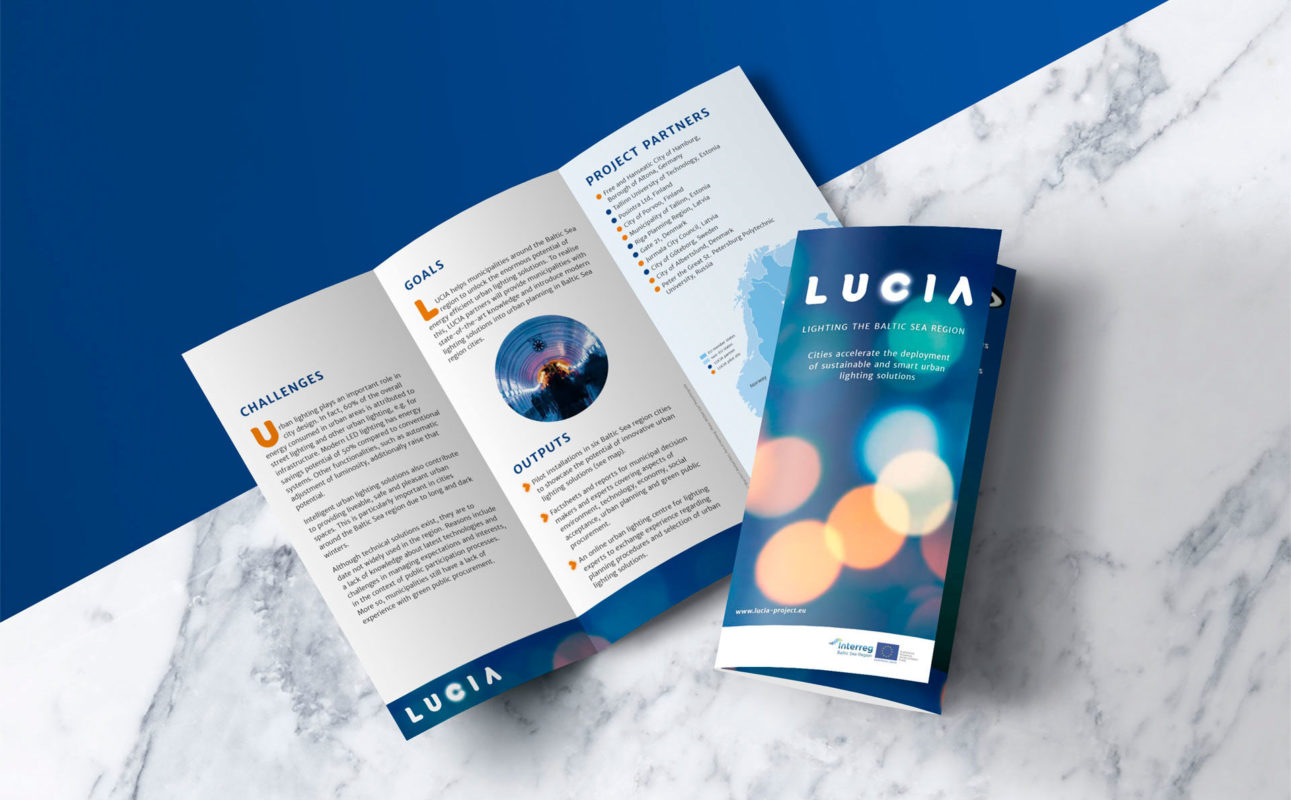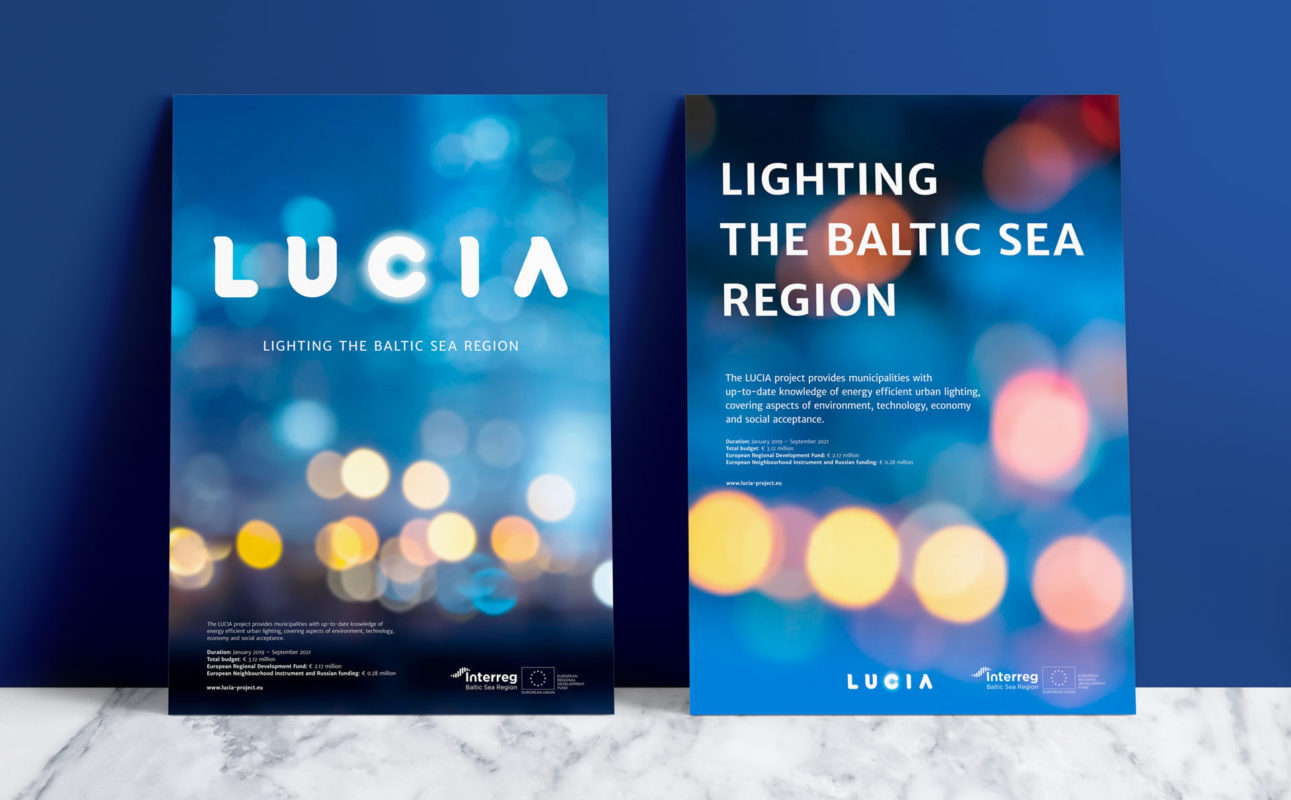Resources for you
You are a lighting professional? Then these LUCIA resources on sustainable and smart urban lighting are made for you!
To learn more about the LUCIA project, get our LUCIA communication materials. The LUCIA factsheets summarise the key economic, social acceptance and technological aspects of sustainable and smart urban lighting solutions in a concise way. The LUCIA publications and reports provide more in-depth background information. The LUCIA economic assessment tool helps you with an indicative assessment of economic and environmental impacts of public outdoor lighting investments.
LUCIA communication materials



LUCIA factsheets
EU Green Public Procurement (GPP) guidelines on road lighting
Many countries have included first generation of EU GPP criteria for road lighting as part of their guidelines. New technology and knowledge called for updated guidelines, that municipalities can take into account when purchasing lighting solutions.
How to get started – Going Green in Public Procurement
Using the EU Green Public Procurement guidelines benefit the environment, the city and the citizens. Before getting into the actual purchase or procurement, there is a process of planning the renewal of the lighting system. This factsheet points at how to get started.
LUCIA publications and reports
Assessment of economic aspects of smart urban lighting systems in selected pilot areas around the Baltic Sea
The report summarises the analysis of existing knowledge, compilation of the most relevant information into factsheets, workshops in the pilot cities and the development of an assessment and calculation tool.
Co-creating lighting solutions – Lessons learned report
The “lessons learned report” addresses the thematic foundations of co-creation and why it is important to open up planning processes to the public. Also it presents the results of project work done at LUCIA’s six pilot sites where planners have chosen very different approaches to the topic.
Local expert workshops – economic aspects of smart urban lighting
The report summarises a series local economic expert workshops in five LUCIA pilot cities during October and November 2019.
Documentation of the LUCIA mid-term webinar series
The report summarises the series of six LUCIA mid-term webinars held in September-November 2020.
LUCIA Pilot Site Documentation
LUCIA tools
LUCIA economic assessment tool
The purpose of this Excel-based tool is to help municipalities in indicative assessment of economic and environmental impacts related to investments in public outdoor lighting. Notably, the impacts of transition from sodium or hallide based luminaires to LED luminaires can be studied.
